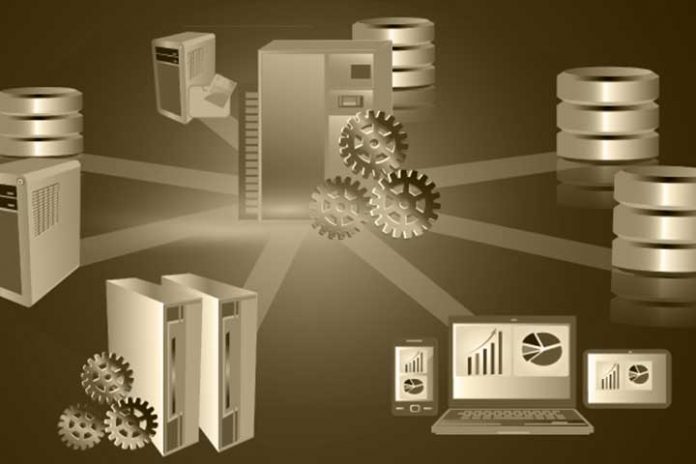If you’re not sure how to monitor database performance, there are several things you can do to increase its efficiency. First, you should use the database monitoring tool to monitor the performance of your server. Query performance is measured as the number of open connections. The higher the number, the slower the system will be. You can check your servers max-connections limit to fix the problem. Another way to keep an eye on your system is to use the database monitoring tool to check the number of active sessions.
The best monitoring tool will show you how much CPU is being used by your database. This can give you a clue about what’s causing the high CPU usage. A good tool will also show you what kind of infrastructure is being used. If your database is using excessive CPU, it is most likely a database process. If it isn’t using enough resources, it won’t be very effective.
A good database monitoring tool should also tell you the number of concurrent users. If there is a high number of users, this may be a sign of a bottleneck, so make sure you check this out. If there are no concurrent users, it means that your database might be overloaded during peak hours. Ultimately, using a database monitoring tool effectively will ensure that your database stays in the best shape possible.
One of the best tips for maximizing database monitoring tools is to monitor CPU usage. You can use it to find out what processes are using CPU and why. Usually, these tools will show you CPU utilization and underlying infrastructure. If the number of CPU usage is too high, it’s the database process that’s using too much CPU. By checking the usage of these two metrics, you can optimize the performance of your database and avoid any issues that can arise from that.
Using a database monitoring tool can help you prevent downtime. It can alert you to issues before they become out of control. Your database can’t handle the load and you need to optimize it by keeping it as healthy as possible. Moreover, using a database monitoring tool will help you improve your business. There are many benefits to using a database monitoring tool. So, it’s essential to use it to the maximum.
When you use a database monitoring tool, make sure it’s easy to use. The dashboard should be easy to navigate, and display all of the details. For example, it should show CPU usage, which will help you pinpoint the problem and take preventive action. This way, you won’t have to suffer from an outage and you can focus on running your business smoothly. With a database monitoring tool, you’ll get alerts to any problems before they become out of hand.
Before you decide on a database monitoring tool, you must be aware of the underlying infrastructure. It’s important to use database monitoring tools that can show you how much CPU is being used by different processes. For example, if the CPU usage is excessive, it’s probably the database process that is causing the high usage. By using a database monitoring tool, you can make sure that your data is always at its best.
Using database monitoring tools is essential to your database. A database monitoring tool can show you how much CPU is being used and which processes are being used. The tool should be able to tell you if there’s a problem with the CPU and underlying infrastructure. Then you can work on fixing the problem and making your database run faster. If you want to know what’s going on, you can use a software that displays CPU usage.
The database monitoring tool must have an easy-to-use interface. It should show the number of database instances and the waiting time for each. It should also show alerts for CPU, memory, disk, and CPU. Using this tool can help you find out where your problem lies. Besides, it will help you determine what other processes are causing the high CPU usage. If your database has a high CPU consumption, this can be a sign that you’ll need to do something to fix it.




